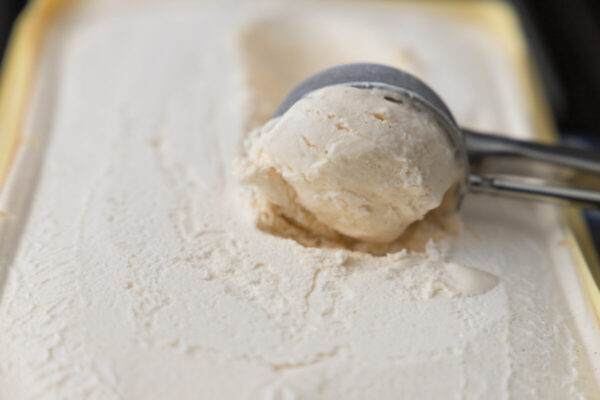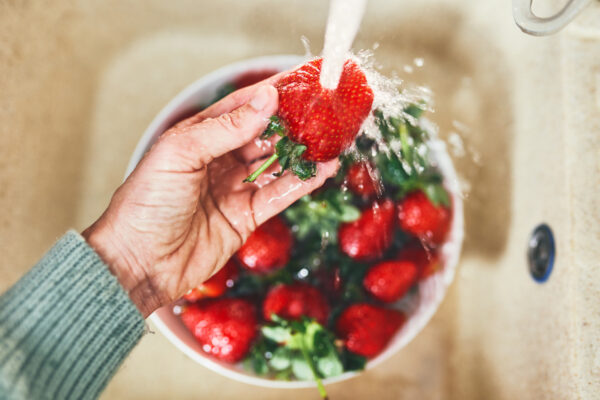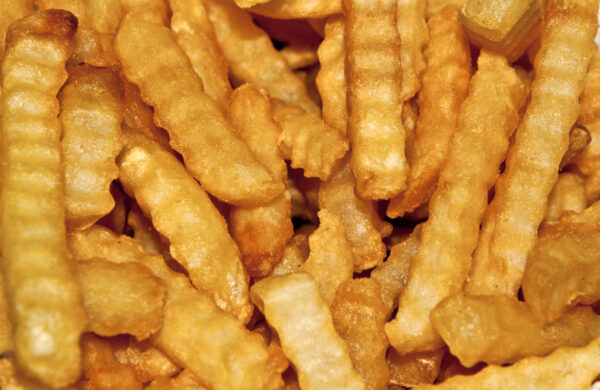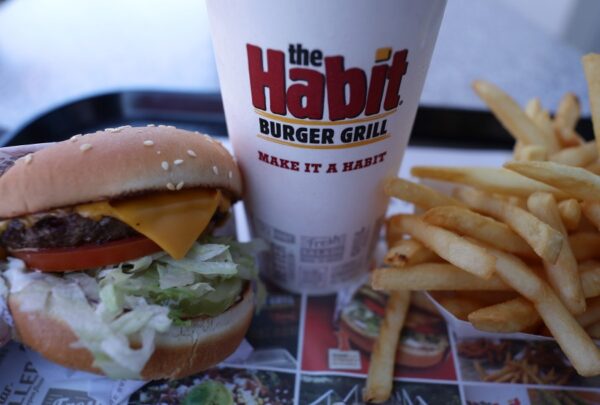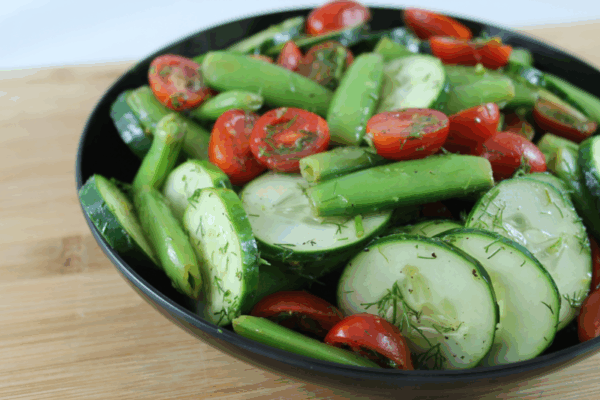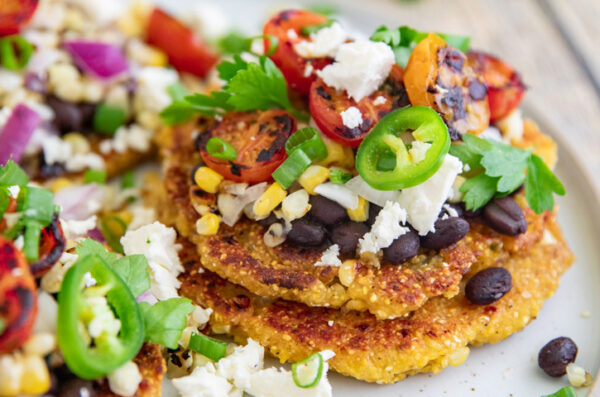Ice cream is frequently sold by the pint, the cone, the sandwich or — somewhat less often — the taco. But if you’re looking to satiate a really big craving for the frosty stuff, you might be reaching for a squround.
What is a ‘squround’?
A squround (sometimes spelled “sqround” or “scround”) is the name for the rectangular-yet-rounded container often used by ice cream manufacturers to package larger volumes of ice cream, typically between 48 and 56 ounces. First introduced in the 1990s, several popular national brands still currently utilize the squround — a container that Dairy Foods magazine once referred to as “the king of cartons” in a 2003 article.
“In recent years it has been given an unofficial coronation as the best all-around package for take home sales, offering great merchandising opportunities and consumer advantages,” the article claimed.

How did squrounds become default packaging for manufacturers?
These advantages, as explained in textbooks from the time, included easier scooping with rounded spoons or scooping utensils, at least when compared to the blocky, rectangular paperboard boxes that were used to package ice cream in previous decades. They also utilize space more efficiently in a consumer’s freezer (or a retailer’s freezer) than larger cylindrical or pint-sized containers. And the lids offered a tighter seal than the flaps on those blocky boxes, the authors of the textbooks noted.
A squround offers major perks for manufacturers too, explained Matt Herrick, a spokesperson for the International Dairy Foods Association.
“Those cardboard boxes required assembly before they could be filled, while squrounds and cylindrical cartons arrive [from the supplier] ready to be filled,” Herrick told Nexstar.
Ice cream packaged in squrounds also tends to get colder quicker — and stay colder — than ice cream packaged in the old boxes, according to Herrick. In the freezer, air can more freely circulate around a squround (rather than a stack of blocky boxes) to chill the product, and the rounded edges of a squround help to reduce the package’s surface area — making it slightly less susceptible to external temperatures (and keeping it from melting too quickly) when it’s sitting out on the kitchen table.
Squrounds all around
It’s not just ice cream that utilizes a squround shape, either. Many items in the dairy case — tubs of margarine, cream cheese, yogurt — are essentially rounded squares for similar reasons. Certain brands of bottled water, juice or ready-to-drink smoothies also come in squround bottles, which save space during packaging and withstand shipping (less knocking around) than cylindrical bottles, explained John Zelek, an executive for the meal-replacement brand Soylent, in a 2017 interview with Fast Company.

Squround bottles, when compared to square cartons, are also less likely to gum up the machinery in a production line, according to Zelek.
“That’s why every square bottle you see is kind of the same shape,” he said.
Bucking the trend
But not everyone embraces the squround — even in the ice cream section.
“While square or scround cartons give brands the ability to pack larger quantities of product on a store shelf, our tapered round cartons allow for more physical air flow in between the cartons in the case, helping to prevent freezer burn from occurring,” a spokesperson for Blue Bell Creameries, which utilizes a slightly conical cylindrical container for its 64-ounce packages, told Nexstar.
As indicated by Blue Bell’s spokesperson, a shorter, more tapered cylindrical package (picture a larger, squatter pint container) helps the Blue Bell brand stand out in a sea of squrounds.
“[It] catches consumers eyes when browsing through the ice cream aisle,” the spokesperson said.
The problem with squrounds
There’s another problem with the squround: Evidence suggests that these containers helped ice cream manufacturers facilitate shrinkflation in the early 2000s, offering a sleek new design that looked great on the shelf and maybe even took up as much space as the rectangular boxes, but offered less actual ice cream inside, MLive reported in 2010. (Most paperboard boxes held 64 ounces; today’s squround ice cream containers generally hold between 48 and 56 ounces.)
“Everybody’s doing it,” one New Jersey consumer complained to the Associated Press in 2002, referring to both the new (smaller) ice cream containers and her preferred brands of laundry detergent. “They’re cheating the public, because they don’t advertise it.”
In recent years, more and more ice cream manufacturers are opting for the 48-ounce size, too, according to Huhtamaki, a packaging manufacturer which has been supplying squrounds (or “non-round” ice cream containers, as the company calls them) to the ice cream industry since the ’90s.
“Originally, companies began utilizing ‘half gallon’-sized 64-ounce containers but eventually the market shifted from 64-ounce to 56-ounce and then eventually to 48-ounce which has been the Non-Round standard in the U.S. for the last 10-15 years,” said Mark Roberts, the senior product manager of Huhtamaki, in a statement shared with Nexstar.
Squrounds, meanwhile, have stuck around in the freezer section for decades, in whichever sizes the manufacturers are making available — and despite any confusion the term “squround” causes for consumers.
“First of all, even without the corners, the oblong proportions would render [it] and OVAL, not ‘round,’” one Reddit user argued in a post from a few years back.
“Actually, its squoval,” another agreed.
Related Posts
Does rinsing your produce with water actually do anything?
You might not get sick from popping an unwashed grape in your mouth. But would it be significantly less risky if you rinsed it off?
Are hot dogs really that bad for you? Why you should avoid some franks, experts say
How unhealthy is it to gobble down a dog at cookouts, sporting events, or as part of a quick meal at home?
Which kind of french fries do people in your state prefer?
A new survey provides insight into a very, very important topic.
Does your local Chili’s participate in this upside-down ‘tradition’?
Depending on which Chili’s restaurant you visit, there’s a chance one of the walls is adorned with an especially screwy picture.
Trending
Habit Burger & Grill named best fast food burger for second straight year
The chain’s signature Double Char beat out burgers from In-N-Out and Five Guys to earn the top spot.
Cool down this summer with a refreshing cucumber dill salad
It’s hot outside, so we’re staying cool with a summer cucumber dill salad.
Crispy corn cakes from ‘The Vermont Farm to Table Cookbook’
When you picture the cuisine of Vermont, images of corn cakes topped with black beans and jalapeno probably don’t come to mind. But after today, you might not be able to help yourself.
Celebrate National Milk Chocolate Day by making this Dubai chocolate milkshake
This decadent treat is sure to fix your chocolate cravings.

Are you a food creator?
Apply to join the SavorNation creator community to share your restaurant reviews, recipes, and cooking tips.
